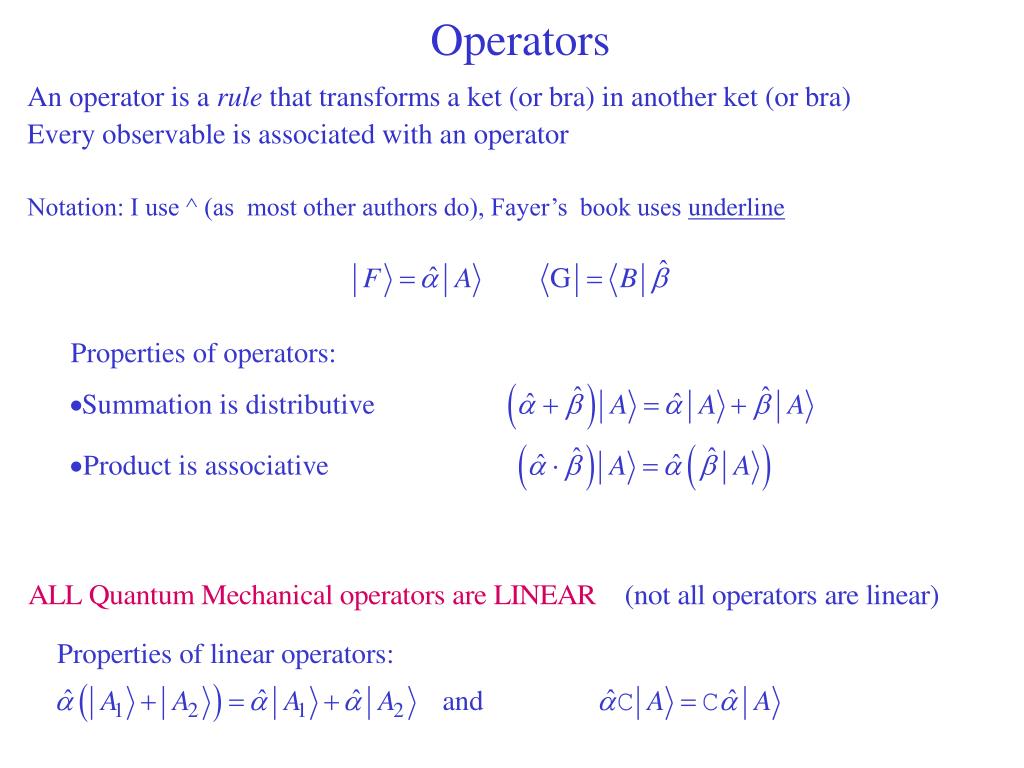


By the Riesz representation theorem there is a unique element v ∗ ∈ HĪ linear operator T ∗ with domain D(T ∗) = K(T) may now be defined as the mapīy construction, the operator T ∗ satisfies:

Since T has a dense domain in H and is a continuous linear functional on D(T) for any v ∈ K( T), f v can be extended to a unique continuous linear functional on H. That is, the space consists of all vectors v of which the supremum of the absolute value of ⟨ Tu, v ⟩ H is finite. Suppose that T is a densely defined operator on H with domain D(T). It is correct and a unique T ∗ exists, if T is a bounded operator on H, but additional care has to be taken on infinite dimensional Hilbert spaces since operators on such spaces can be unbounded and there may not exist an operator T ∗ satisfying (1). It turns out that this idea is almost correct. This suggests that the "Hermitian conjugate" or, as it is more commonly known in mathematics, the adjoint of a linear operator T on an arbitrary complex Hilbert space H, with inner product ⟨ ⋅, ⋅ ⟩ H, could be defined generally as an operator T ∗ on H satisfying the so-called "turn-over rule":

The crucial observation here is the following: for any complex matrix M, its Hermitian tranpose, denoted by M ∗, is the unique linear operator on ℂ n satisfying: In order to generalize the idea of the Hermitian conjugate of a complex matrix to linear operators on more general complex Hilbert spaces, it is necessary to be able to characterize the Hermitian conjugate as an operator. Apart from being an array of complex numbers, M can also be viewed as a linear map or operator from ℂ n to itself.


 0 kommentar(er)
0 kommentar(er)
